In While We’re Young, the latest relationship drama from writer/director Noah Baumbach, Ben Stiller plays Josh, a documentary filmmaker who’s been struggling for a decade to finish his latest movie. Naomi Watts plays his wife Cornelia and the two of them have more or less settled into their comfortable marriage and lives. All their friends are having kids, though, so when they meet Jamie and Darby (Adam Driver and Amanda Seyfried) their world is turned upside down. The younger couple opens up all kinds of new experiences and remind the older pair of the kind of things they used and how cool they used to be even as they become more conscious of the reality that they’re not as young as they used to be.

It was Stiller’s character that I’ve been pondering the most since watching it. Specifically I’ve been thinking about how it provides an interesting counterpoint to the character Stiller played 20 years earlier in Reality Bites.
In that movie he’s Michael, a hipster executive who buys the documentary made by Winona Ryder’s character Lelaine. He says it’s because it’s really good but it’s also so he can impress her and sleep with her. When he turns it over to the editing team at the TV network he works for – something like MTV at the time – they edit and change it from a heartfelt, earnest look at where the newly-graduated slackers of 1994 are into zippy, fast-paced monstrosity with lots of special effects, loopy editing and other tricks. Earlier in the movie we see he’s got a thing for 70s pop culture, including the Dr. Zaius statue that gets broken. The other characters, particularly Ethan Hawke’s Troy, dislike Michael on general principle: They see him a sellout who is inauthentic in his appreciation for things and willing to make any compromise for success. The butchering of Lelaine’s film only cements that.
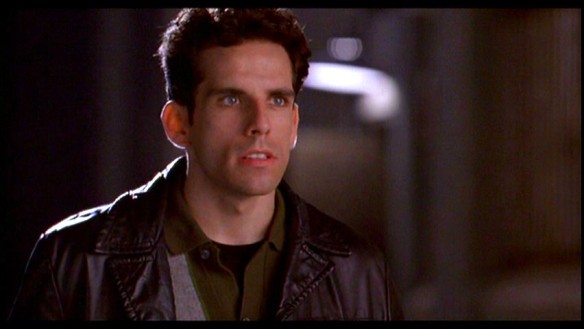
In While We’re Young, Stiller’s Josh is pining for the things he’s lost. Cornelia even says “Their apartment is filled with the things we threw away.” When Josh surveys Jamie and Darby’s apartment, he remarks that he has a lot of the same albums Darby has, but on CD, not the vinyl that graces Jamie’s wall. He marvels at the way Jamie enjoys movies on VHS, 80s music and more, the kinds of things Josh would have grown up with. Josh is past enjoying things like this – or really anything – and is caught up in the trance of Jamie’s involvement and dedication to outdated pop culture, even if he can’t quite tell if it’s ironic or genuine.
So in 1994, Stiller played a character who leaned on nostalgia to define him, even if other people saw that as a sign he had no personality of his own. In 2014 he’s on the other side of the fence as his character deals with someone who has taken a nostalgia that’s not his own – Jamie would have been born after most all the things he claims to love were popular – and created something that seems original and authentic but is just as much an act as anything else.
That’s indicative, I think, of how the mindset of the young people of this country has changed in the last two decades. To rely too much on nostalgia in the 90s meant you weren’t being true to yourself and your peers. Think of how the rise of Nirvana and other bands signaled an embrace of the weird, the socially awkward and others at the margins of society. That was a wave that swept through all of early 90s culture, from music to film to books.
Now, though, to embrace the culture of 20 or 30 years ago – pop nostalgia always seems to work on a ~25 year rolling scale – is part of being authentic. You can’t express who you are unless you’re doing so through “Friends” GIFs. It’s not only acceptable to be rocking out to Def Leppard, it’s a sign that you are truly being our own person.
While I recognize that one character – Reality Bites’ Michael – was written by Stiller and the other was not, I still find it intriguing to use Michael and Josh as a prism through which to view how popular culture and the hipster mindset has swung 180 degrees in its view of nostalgia as a means of self-expression.



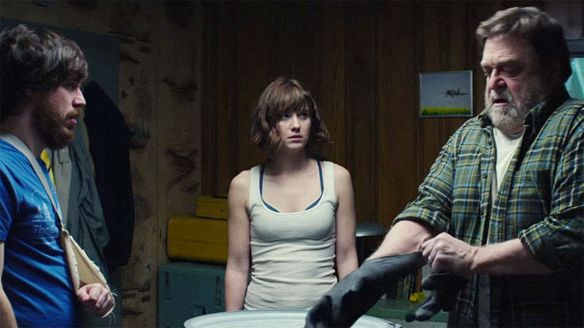

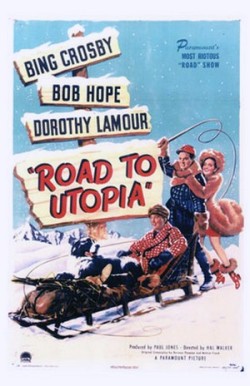 I was searching around for a topic for this week’s Flashback Friday column and had a few ideas but never really settled on anything. Then I saw
I was searching around for a topic for this week’s Flashback Friday column and had a few ideas but never really settled on anything. Then I saw 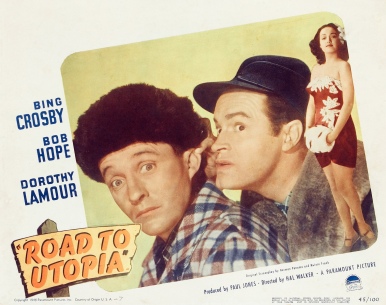

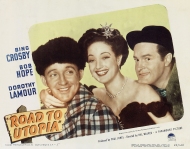
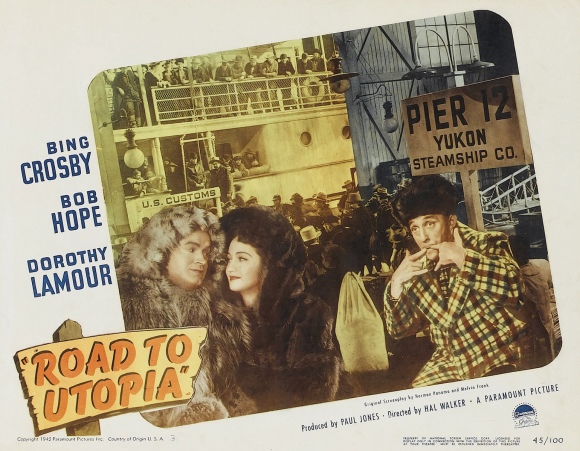


 Many of us strive to be something more than what we are now. We look up to heroes and try to emulate them, whether that’s in the realm of sports, an academic field or just within our own homes and families. The Kung Fu Panda movies have been about just that, following Po (voiced by Jack Black) as he lived his dream to become a kung fu master and join the Furious Five. The movies have been about wish fulfillment as we watched a lowly, misfit panda go on to achieve great things and become a hero in his own right, all without losing core parts of his goofy, fun-loving personality.
Many of us strive to be something more than what we are now. We look up to heroes and try to emulate them, whether that’s in the realm of sports, an academic field or just within our own homes and families. The Kung Fu Panda movies have been about just that, following Po (voiced by Jack Black) as he lived his dream to become a kung fu master and join the Furious Five. The movies have been about wish fulfillment as we watched a lowly, misfit panda go on to achieve great things and become a hero in his own right, all without losing core parts of his goofy, fun-loving personality.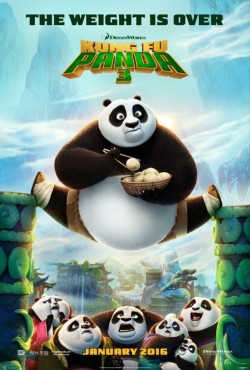 The first poster immediately tells the audience that yes, this new movie will feature the same sense of humor as the previous installments. Po is suspended between two pillars eating dumplings while a group of horrified pandas look up into a buffalo shot.
The first poster immediately tells the audience that yes, this new movie will feature the same sense of humor as the previous installments. Po is suspended between two pillars eating dumplings while a group of horrified pandas look up into a buffalo shot.
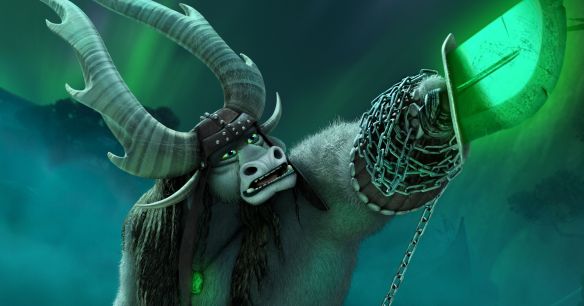
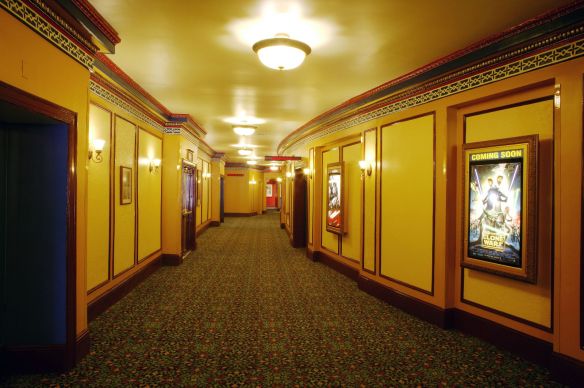

 “Duty” is a frequently misunderstood term. It’s too often used interchangeably with “responsibility” or even “burden” as a way to describe something we don’t really want to do but will grudgingly put on pants and do anyway, but not without a bit of griping. It’s better, though, to understand it as being more synonymous with “vocation,” or the kind of thing we do because it’s a responsibility we’re supposed to execute joyfully as a service to our neighbor, employer or family members. Our duties and vocations define us.
“Duty” is a frequently misunderstood term. It’s too often used interchangeably with “responsibility” or even “burden” as a way to describe something we don’t really want to do but will grudgingly put on pants and do anyway, but not without a bit of griping. It’s better, though, to understand it as being more synonymous with “vocation,” or the kind of thing we do because it’s a responsibility we’re supposed to execute joyfully as a service to our neighbor, employer or family members. Our duties and vocations define us.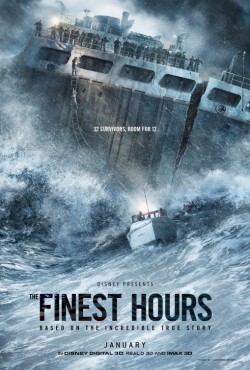 The first poster sets up both the scale of the story and the stakes. In the background is a large ship that we can see is splitting in two, dozens of men on the deck waiting for the rescue that’s hopefully coming from the smaller ship in the foreground and a massive storm creating huge waves all around them. But the copy says not all is well as it explains “32 survivors, room for 12,” which isn’t good math. Below the title treatment we’re told this is “Based on the incredible true story.”
The first poster sets up both the scale of the story and the stakes. In the background is a large ship that we can see is splitting in two, dozens of men on the deck waiting for the rescue that’s hopefully coming from the smaller ship in the foreground and a massive storm creating huge waves all around them. But the copy says not all is well as it explains “32 survivors, room for 12,” which isn’t good math. Below the title treatment we’re told this is “Based on the incredible true story.”
